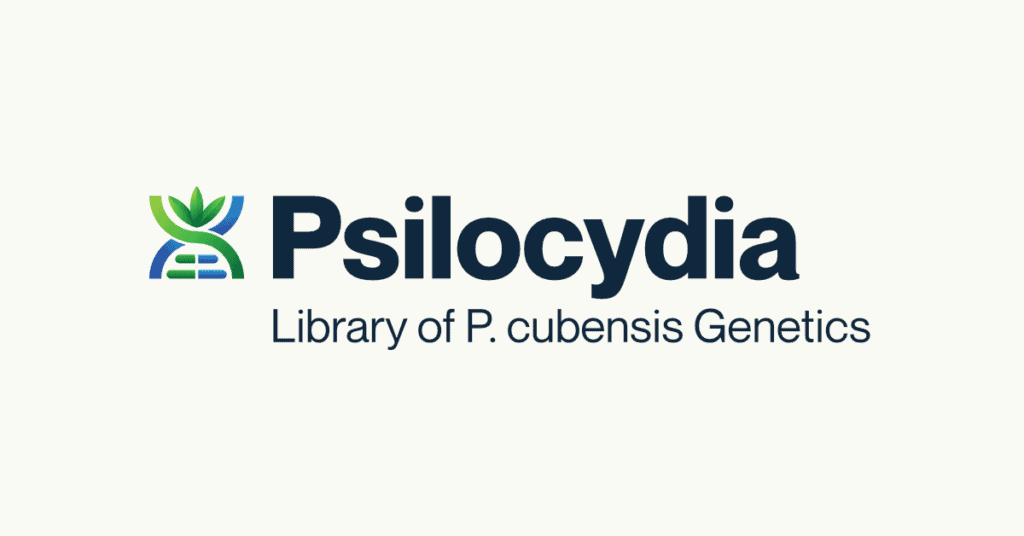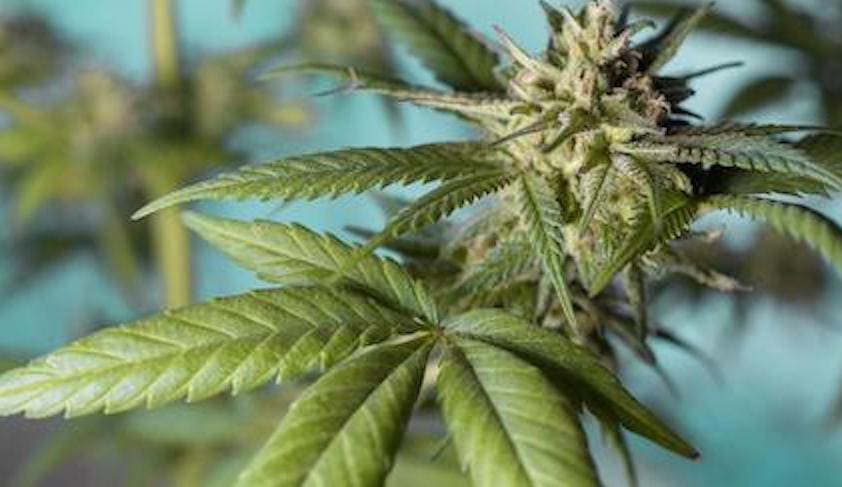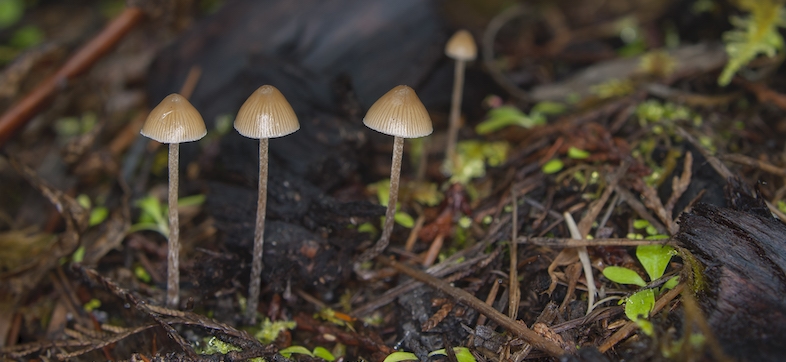Introducing Psilocydia
But this database of literally everything has a new addition. Psilocydia — the world’s first psilocybin genomic library. This public database will become integral for magic mushroom fans for multiple reasons. Firstly it means that growers and cultivators can be sure of what strain they are actually working with. This means they can ensure total safety. It also means that if they have developed a strain of their own, they can register it on the site using protected Blockchain technology. So, when the predicted mainstream shroom boom goes off, individual growers can be protected from the greedy paws of big companies hoping to capitalize. It is a safe-gaurding on multiple levels.

On top of this, it is an essential reference point for true shroom-heads and psychonauts. They can take a specific shroom strain trip and compare its differences and similarities to others they experience. By having the data of what is genomically different between strains, it could be possible to unpick which features create experiential differences.
Cannabis Paved The Way
The company behind the database, Medicinal Genomics Corp, are not newbies at this game. Their Chief Science Officer, Kevin McKernan, was part of the team for the Human Genome Project. He was also the first scientist to sequence the Cannabis genome. From this he and Medicinal Genomics developed a series of microbial detection tests for cannabis plants. This began their venture into cannabis genomic cataloging.
Yes! As we so often find on the path to the acceptance, normalization, and eventually (fingers crossed) legalization of psilocybin mushrooms and truffles, cannabis and its advocates have already trodden this path.

So, before there was Psilocydia, there was Kannapedia. Today on Kannapedia there are 1,615 registered cannabis strains. Each strain has a cultivar report which contains plant type determination, tables comparing strains to one another, gender, and genes of interest. These can include the strain’s disease resistance, how much it flowers, its heterozygosity and its pathogen resistance.
Improving Psilocybin’s Medical Potential
In a 2016 Vice article, when Kannepedia was young, they explained the company’s mission.
“…its efforts will standardize strain nomenclature so that customers always know what they’re getting while also defending the intellectual property rights of those who breed new strains of weed…
…now that marijuana is becoming a regulated industry (at least on the state level), the name of a strain of weed is starting to matter. Not only have we turned into a generation of pot snobs, but making sure a strain has consistent qualities is also crucial to its effectiveness as a medicine.”
Today, with psilocybin (the active compound in magic mushrooms and truffles), being cited as a promising and effective treatment for a multitude of mental health conditions, these same priorities are coming to the fore. People aren’t only looking to breed the best strains to perfect the feels. They could also be improving medical treatments at the same time!

84 Registered Strains and Counting
Although, of course, currently far more diminutive than Kannepedia, Psilocydia currently has 84 registered strains and counting. Head of genomic services at MGC, Mike Catalano, explained that he believes their database will become as essential to magic mushroom cultivators as it is to cannabis ones.
“Psilocydia establishes a dynamic genomic library that will benefit this important and growing industry for years to come. Our powerful sequencing and genomic services in conjunction with Psilocydia will make it easier than ever to discover genetic traits, identify genes of interest, and perhaps most importantly, give customers conclusive proof to differentiate beneficialstrains from poisonous ones, which look remarkably similar.”

So, there you have it! The world continues to turn towards acceptance of magic mushrooms, and this new resource both legitimizes and furthers the work of those who wish to know more, study or grow mushrooms themselves. By registering the many and increasing strains, we are able to begin to map a family tree for shrooms — a fascinating biological history project.
Why not check out the deets of your favorite shrooms today?





